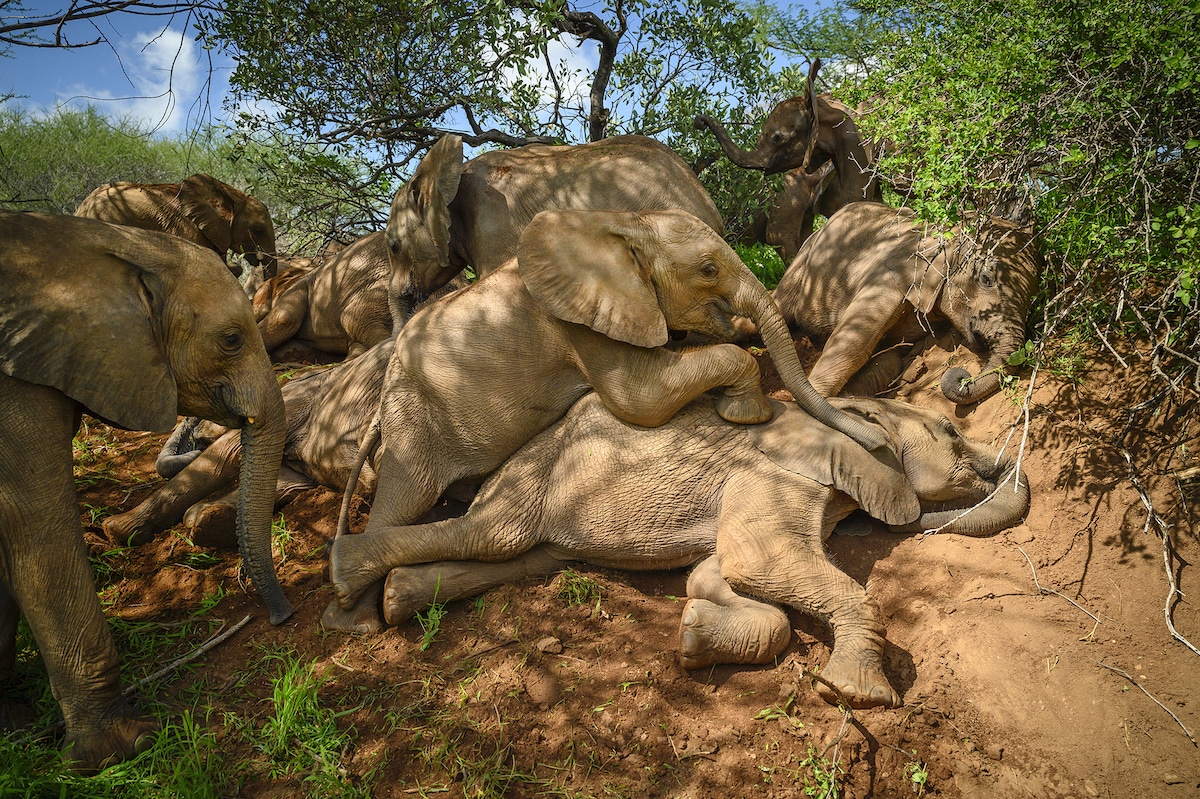
Conservation photographer Ami Vitale is known for her incredible ability to support local communities that are making an impact. This is made clear through her championing of Kenya’s Reteti Elephant Sanctuary. As the first community-owned and run elephant sanctuary in Africa, Reteti cares for orphaned elephants. The Samburu community opened the sanctuary in 2016 and Vitale has been with them every step of the way. Through her incredible photographs and a short film, she’s been able to bring their story to a global audience.
The last several years have been trying for the sanctuary as they, like the rest of the world, grappled with the effects of the COVID-19 pandemic. Supply chain issues greatly affected their ability to care for these young elephants and the sanctuary’s caregivers were left looking for local solutions to their problem. As Vitale shares below, their ability to think quickly and adapt not only saved these elephants but actually improved their quality of life. And, at the same time, finding a local source of nutrition has created a new income stream for other members of the community.
We chatted with Vitale about these recent challenges, as well as how she got introduced to the sanctuary and how she kept up with them, even at a distance, when traveling wasn’t possible. We also discuss her short film Shaba, which documents the story of one special orphaned elephant at the sanctuary. Read on for our exclusive interview and if you like what you see, check out our 40-minute chat with Vitale on the Top Artist podcast to learn more about her incredible career.
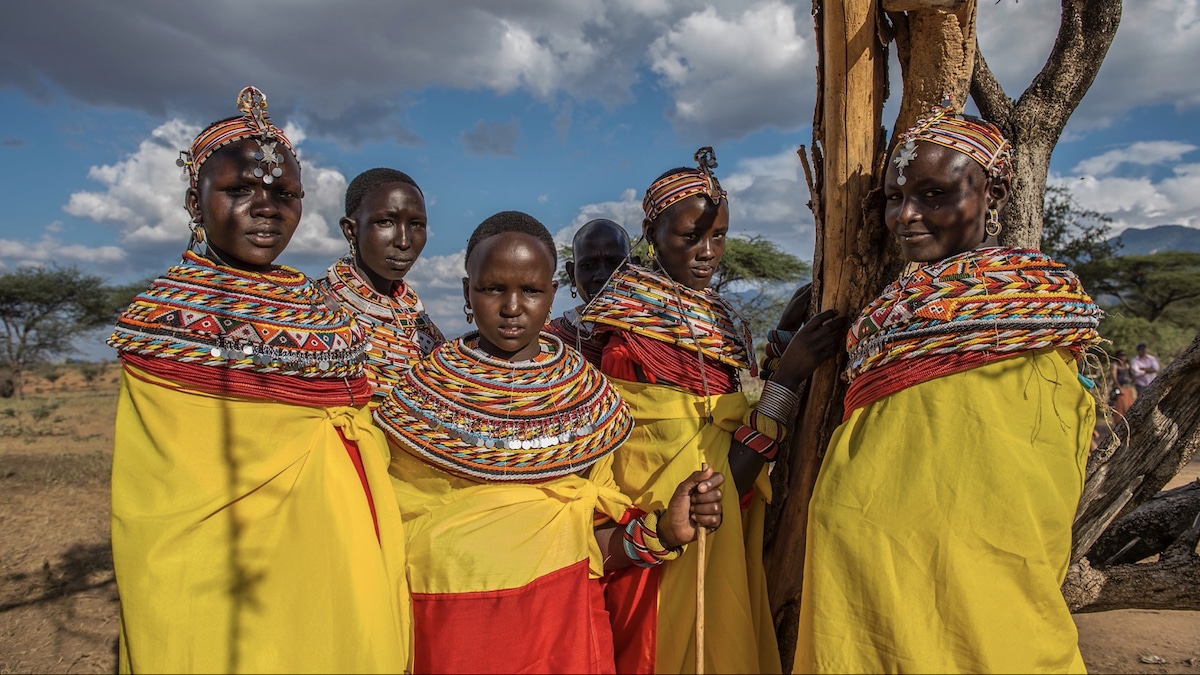 What was your first introduction to Reteti?
What was your first introduction to Reteti?
I had been working with this Samburu community for many years before the sanctuary opened. Back then, having this elephant sanctuary was just a dream and many people thought it would never be possible. When I heard about it and then met all the extraordinary people behind this project, I knew they would do it and I have stayed by them since then, waiting for their beautiful success story to unfold.
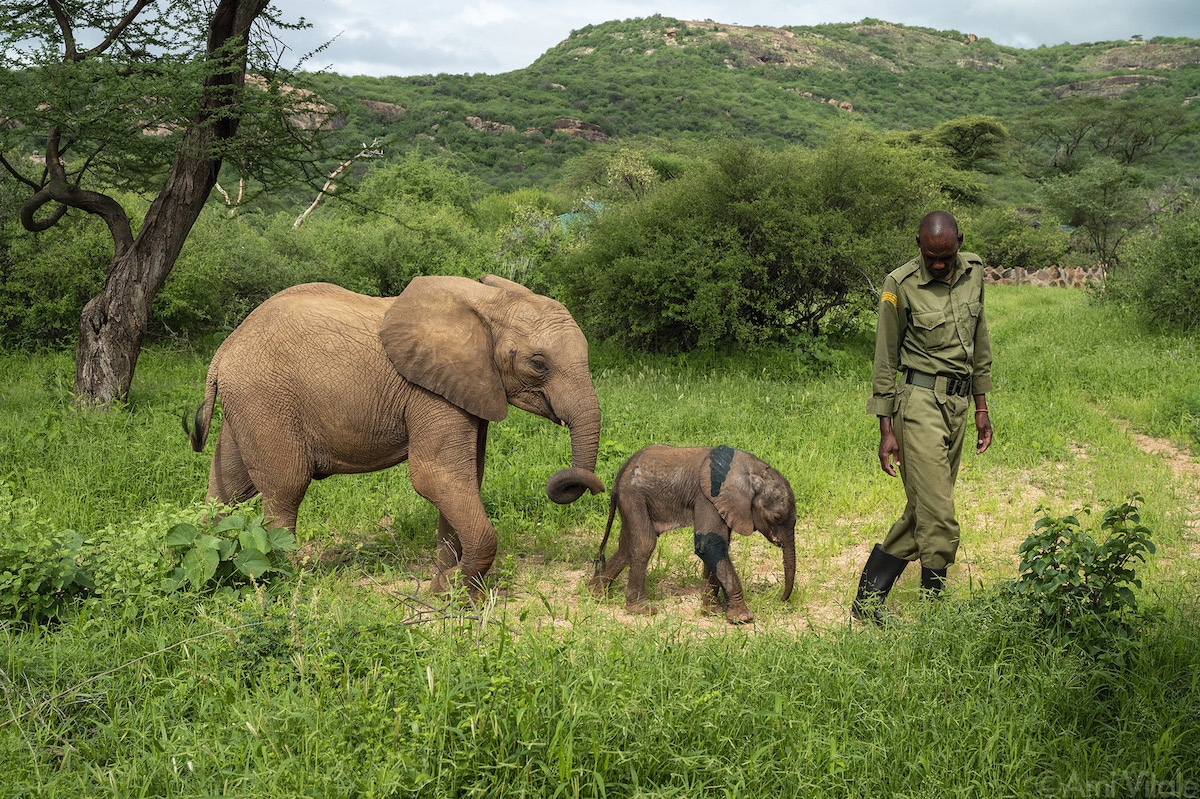 As a storyteller, what drew you to their project?
As a storyteller, what drew you to their project?
Everywhere I go, I see people, often with very little, making huge impacts in their communities and the planet. I think it’s important to shed some light on those stories of hope, where against all odds, individuals are making a difference. These stories about wildlife and our environment are really about all of us, our home, our future. I am constantly seeing the wonder and magic of this world. Wonder allows us to get beyond routine ways of thinking. It allows us to believe that we can fundamentally change the course we are currently on. Stories like these have a universal truth and they become a blueprint for so many other places. These are the kinds of stories that really matter to all of us.
 How does Reteti find the orphaned elephants?
How does Reteti find the orphaned elephants?
The orphans arrive at the sanctuary as a result of human-elephant conflict, climate-related issues, and in one rare case, because of poaching. Kenya has actually made tremendous progress and poaching is rare. Sadly, now the biggest threat to these creatures is climate change and devastating droughts. I am here now and the rains have not yet come. There are almost 40 orphaned elephants because of these ongoing droughts.
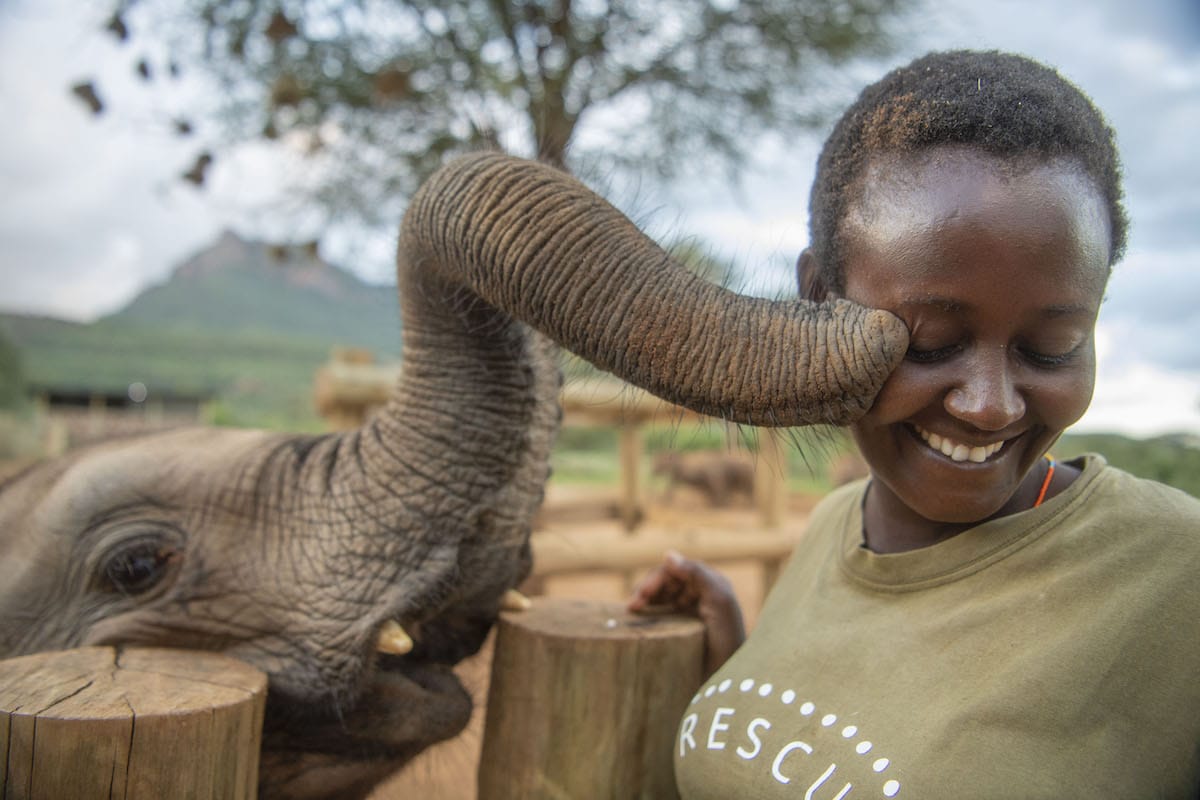 What challenges did the sanctuary face during the pandemic?
What challenges did the sanctuary face during the pandemic?
Due to the global disruptions caused by the coronavirus, the orphanage was forced to adapt and look for a different way to feed its calves. Normally the calves are fed powdered milk formula, the same that humans use for infants, but the lockdowns made travel from the sanctuary to cities difficult, which meant sanctuary workers couldn’t access formula. This left already vulnerable baby elephants in a desperate situation. The team had been mulling over how to improve their milk recipe for a long time. The orphanage had used human baby formula since its establishment in 2016, but costs were high, cans had to be imported, and nutrients weren’t always natural.
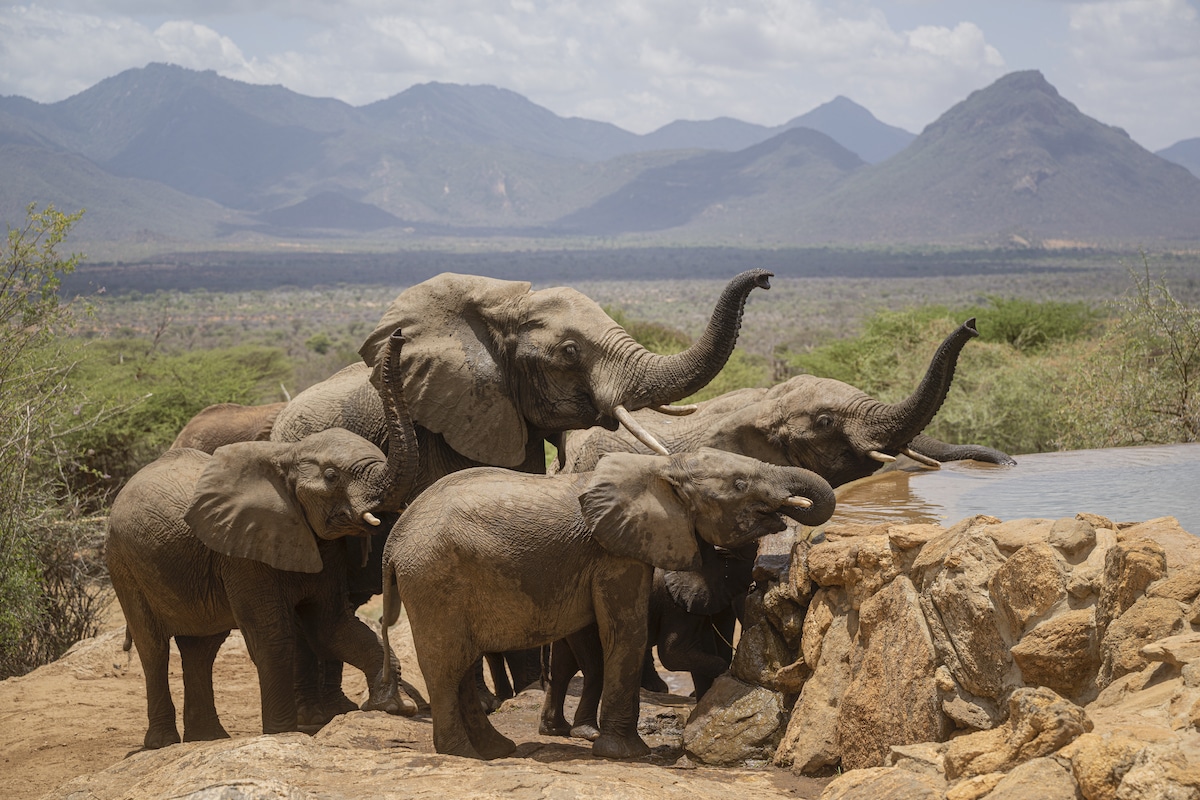 How were they able to overcome this issue?
How were they able to overcome this issue?
In response to the increasingly difficult situation, the sanctuary had to come up with a simple and innovative solution quickly. The community found a surprising alternative by testing fresh milk from local goats. After studying the formula and extensive research, they put the new formula to the test and fed the baby elephants the goat’s milk. Reteti’s elephant keepers quickly noticed that the young elephants were getting healthier—the goat milk was working better than the powdered milk formula that came from tin cans.
Since making the switch from the formula that the elephants had relied on for years, the animals are thriving. The change has also brought a shift in the relationship between the community and the calves—the goat’s milk is more nutritious, sustainable for the planet, and empowers women in the community who are benefitting from this new source of income.
 How have the new solutions for milk empowered the local community?
How have the new solutions for milk empowered the local community?
Many of the ‘milk mamas’ as they call themselves, are setting up bank accounts for the first time in their lives, saving money, and using the income for everything from taking their children to school or paying hospital bills. This milk is giving women a space at the table when discussing pastoralist grazing plans for the future.
Because of the pandemic, which made travel difficult, how often have you been able to visit lately and how did you stay in touch?
I have continued my projects there and have started a non-profit during the pandemic called Vital Impacts to raise much-needed funding during a difficult time. One of the fundraisers—which is still available and a great tool for schools as well as through online streaming of a short film—I made there which tells the story of the incredible relationship the women keepers of Reteti had with one special elephant named Shaba.
I also just wrapped up a series of visual storytelling workshops that I was proud to have created for 40 conservationists from across Kenya and included several of the elephant keepers, guides, and stewards of this incredible landscape. Please follow along on Instagram and learn about their incredible work at @Wild.lifeincolour.
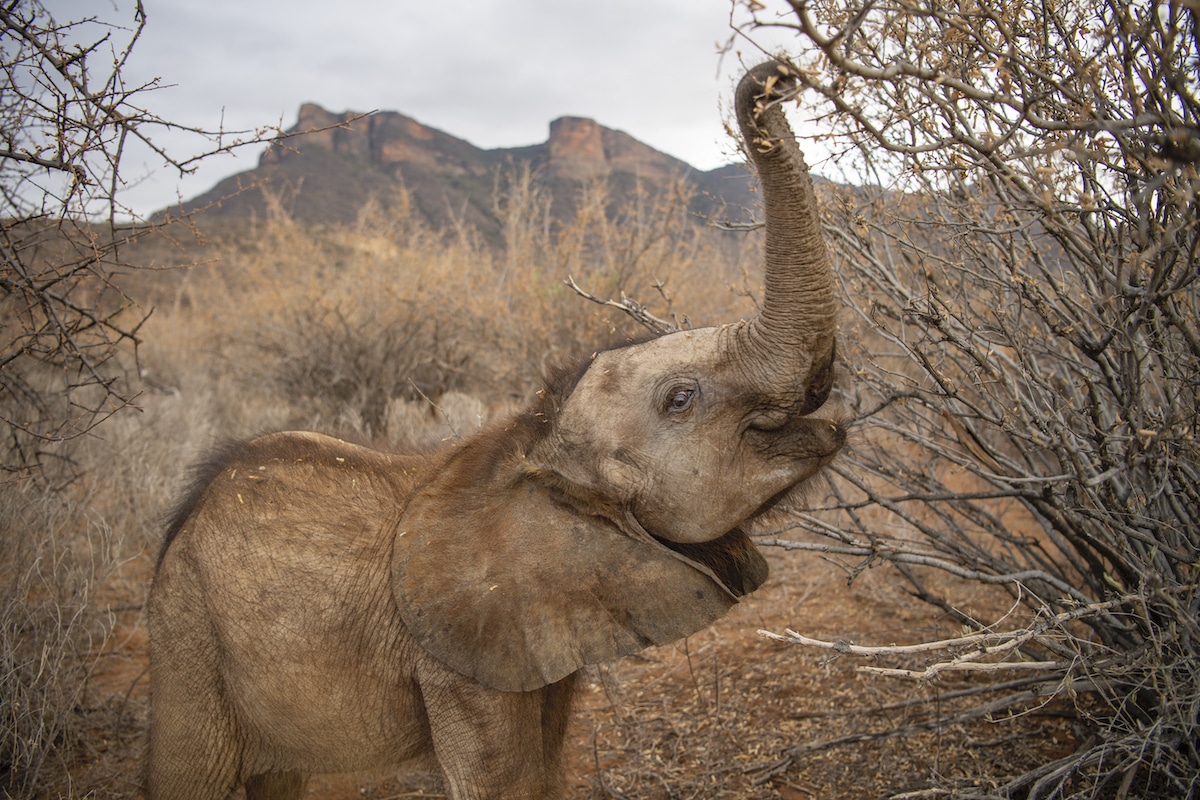 What do you want others to know about Reteti and the work that they do?
What do you want others to know about Reteti and the work that they do?
I want everyone to know that what happens next is in all of our hands. Nature is resilient if we give it a chance and make it a priority. All of us have the ability to ignite action to help shape the world we want to live in. There is a role for each and every one of us and the messenger matters as much as the message. It’s important that every one of us be that messenger.
And if they want to help, what can people do?
Visit the sanctuary if you can or watch the film. Make a donation, adopt a baby elephant, or share their stories. It all can have a profound impact and not only help the lives of these elephants and people but also our own lives.
